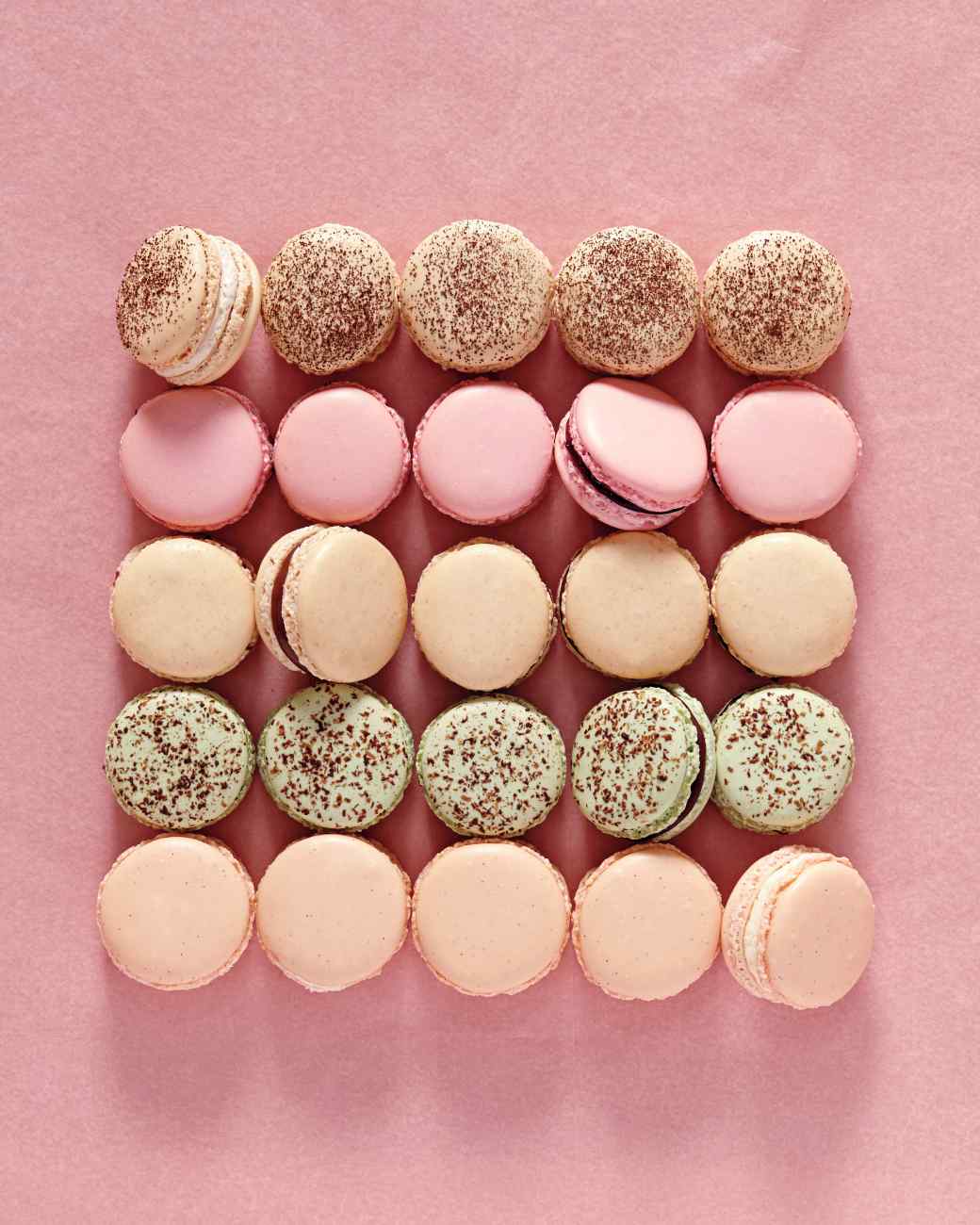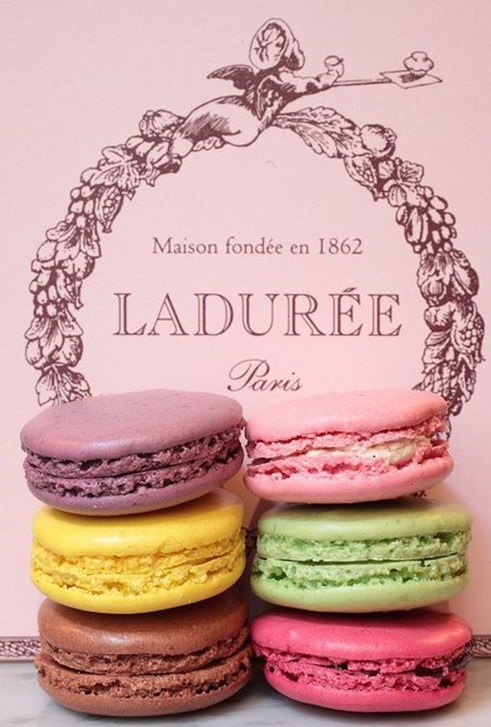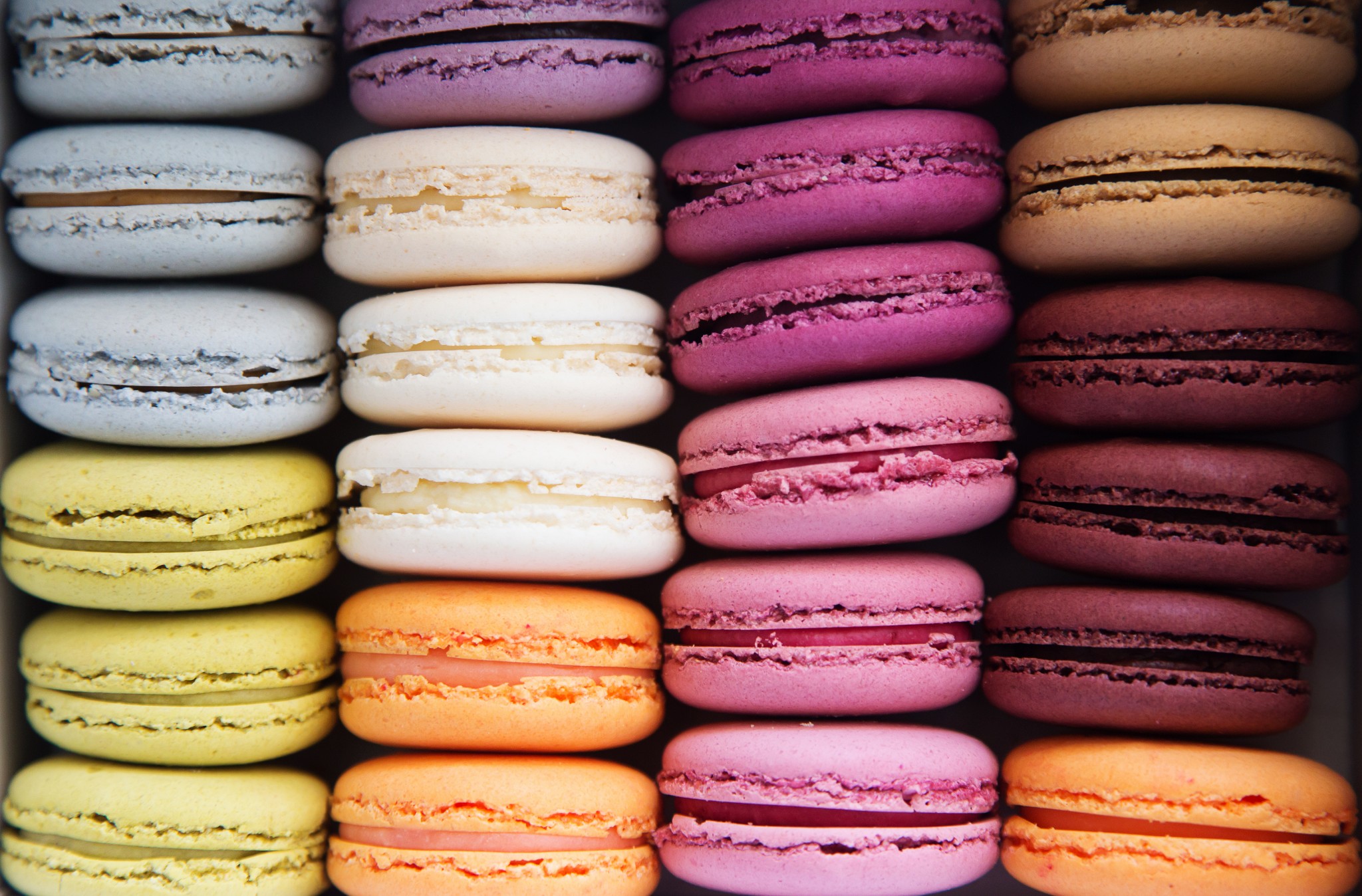Welcome

Macarons
The Macaron cookie was born in Italy, introduced by the chef of Catherine de Medicis in 1533 at the time of her marriage to the Duc d'Orleans who became king of France in 1547 as Henry II. The term "macaron" has the same origin as that the word "macaroni" -- both mean "fine dough".

Almond Ingredients
The almond from Syria is exported towards Europe because of Europeans who were forced to embark to the sea after the Fall of Constantinople. Almonds and almond paste finally settle in the Italian kitchens.

Origins of the "Macaron" name
The word "macaron" comes from the Italian word "macaroni" or "maccherone". According to "Les Origines de la Langue Francaise", it is defined as "a pasta dish with cheese'". Indeed, the word macaron was used on an egg-based pasta dish, but also as the well known cookie which was prepared with a similar recipe but adding almonds. These macarons were more similar to a marzipan though than a cookie. The name came about because almond paste was the main ingredient in this ancient macarons. This almond paste was introduced initially to Italy "near the year 1500" (Museum of macaron, Monmorillon). It remains as a dry cookie which was consumed more as a food product than a dessert.

Macaron Paste
It came as a food paste, without color or fragrance, through Catherine de Medicis, the future wife of the Duke of Orleans, Henri. She grew up in Italy, and learned of this macaron paste through her father.

"Petite patisserie ronde aux amandes"
The well-known French writer Rabelais was one of the first published writers to mention the macaron as a "petite patisserie ronde aux amandes", meaning the "small and round almond pastry" (Museum of macaron, Monmorillon).

"Let them eat Macarons"
When Louis XIV chosen to live in the Castle of Versailles in 1682, macarons were served to the King and it was the tradition until Louis XVI and Marie-Antoinette. The officers of mouth named Dalloyau, ancestors of those who will establish in 1802 the house of gastronomy of the same name, were served macarons to the King and it was the tradition until Louis XVI and his wife Marie-Antoinette.
